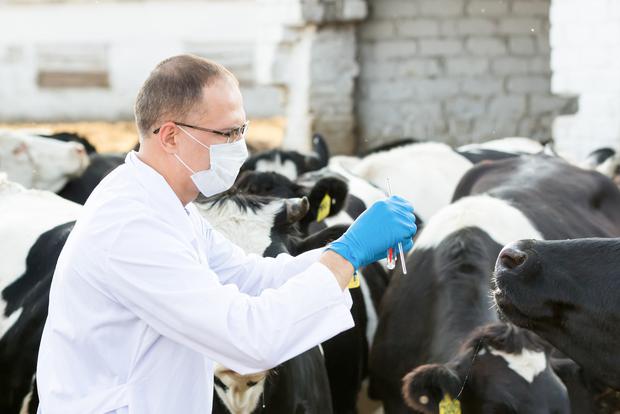



Article by: Hari Yellina
By eliminating the need to refrigerate vaccinations, Australian scientists have discovered a technology that could be a “game-changer.” For the past three years, a group of CSIRO scientists has been working to figure out how to transport and store live vaccinations without keeping them at sub-zero temperatures. Dr Daniel Layton, a CSIRO scientist and immunologist who helped lead the experiment, told AAP that the breakthrough occurred after dozens of failed attempts to keep the vaccine alive. According to the World Health Organization, up to half of the world’s vaccines are thrown away each year owing to temperature sensitivities.
Dr. Layton spoke to AAP from the Australian Centre for Disease Preparedness, where the technology was created, in a brightly lit laboratory facing Geelong Bay. The study has already been peer reviewed and posted in Acta Biomaterialia, a scholarly publication. One of the two vaccinations on which the researchers tested their method is used to combat Newcastle disease, which can destroy hundreds of thousands of animals at a time. While severe strains are absent in Australia, the disease is “rampant” in several underdeveloped nations due to a lack of vaccines. The vaccines were effectively stored at 37C for several weeks, despite the fact that they generally only survive some days without refrigeration.
“If we can give a vaccine at room temperature or higher,” Dr. Layton added, “we may be able to start vaccination poultry in developing countries as well.” By being able to transport the vaccine at room temperature, they will be able to retain stockpiles on the shelf and vaccinate more quickly, potentially wasting a lot fewer vaccinations. The live viral vaccinations were encapsulated using MOFs (metal organic frameworks), a dissolvable crystalline substance that protects the vaccines from thermal stress. The researchers were also able to successfully test their method against Influenza A.
MOFs, according to CSIRO senior scientist Dr Cara Doherty, are the ideal material for safeguarding vaccinations against temperature changes. “MOFs operate like a scaffold surrounding your house; once the scaffold is removed, your house remains – which is what occurs when we dissolve MOFs in a vaccination,” she explained. Dr Ruhani Singh, a CSIRO researcher and paper author, claimed the technology was cost-effective and scalable. “Because it just takes one step, our world-first strategy of stabilising a vaccine with MOFs is simple, quick, and scalable.” Dr. Layton told AAP that the ramifications for vaccinations all across the world were tremendous, especially for COVID-19 vaccines, which require storage at minus 70C or lower. “We’ve started to wonder if we can use the same approach to encapsulate mRNA vaccines.”
Scientists from the CSIRO are now exploring for ways to collaborate with animal and human health companies in order to turn this finding into a practical solution. Within three to five years, they expect the technology to be accessible for veterinary and agricultural vaccinations, and within a decade for human vaccines.